The modern global economy is increasingly reliant on complex, interconnected networks. Businesses are moving beyond traditional, siloed supply chains to embrace digital technologies, fundamentally reshaping how goods and services are produced, distributed, and consumed. This shift, driven by factors like increased customer expectations, rising operational costs, and the need for greater agility, is creating a dynamic and rapidly evolving landscape known as the digital supply chain. Understanding these trends is no longer optional; it’s a necessity for companies seeking to remain competitive. The core of this transformation lies in leveraging data, automation, and connectivity to optimize every stage of the supply chain. Digital supply chain is no longer a futuristic concept; it’s a present-day reality impacting virtually every industry. Let’s delve into the key trends shaping this transformation.
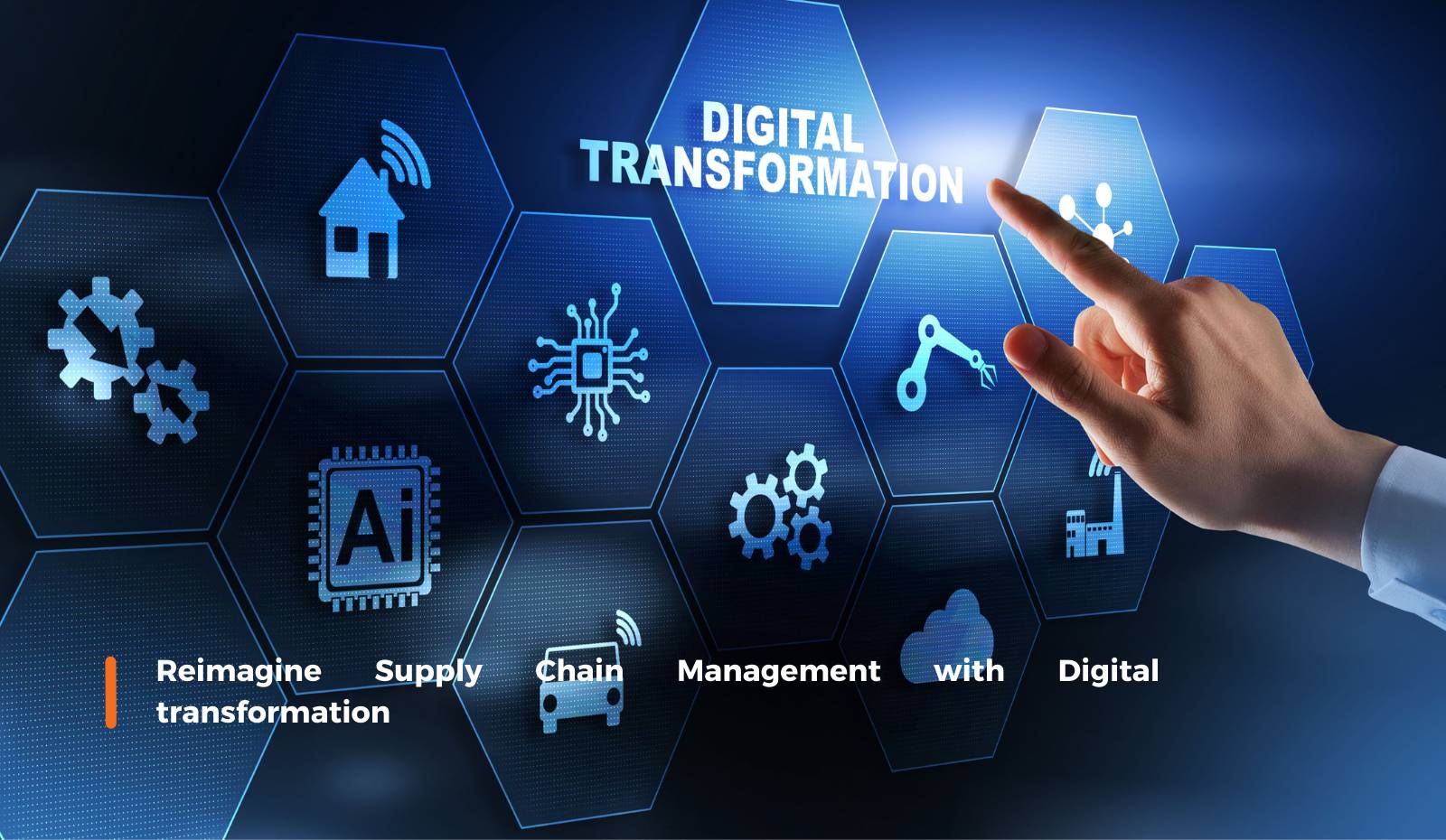
The Rise of Cloud-Based Supply Chain Management
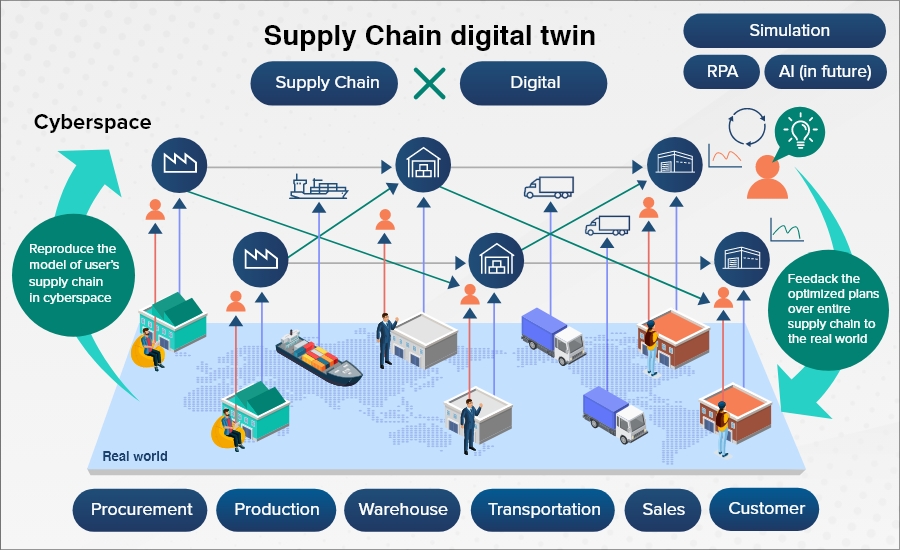
One of the most significant drivers of change is the adoption of cloud-based supply chain management (SCM) solutions. Traditional SCM systems often relied on on-premise hardware and software, leading to high upfront costs, limited scalability, and difficulties in integrating with other systems. Cloud platforms, however, offer a flexible, scalable, and cost-effective alternative. These platforms provide real-time visibility into inventory levels, order status, and transportation logistics, enabling businesses to make data-driven decisions and respond quickly to changing market conditions. Furthermore, cloud-based SCM solutions often integrate seamlessly with other business systems, such as ERP (Enterprise Resource Planning) and CRM (Customer Relationship Management), creating a holistic view of the entire supply chain. Companies are increasingly choosing cloud solutions because they reduce IT infrastructure costs, improve collaboration, and enhance data security. The shift to the cloud is not just about technology; it’s about a fundamental change in how supply chains are managed.
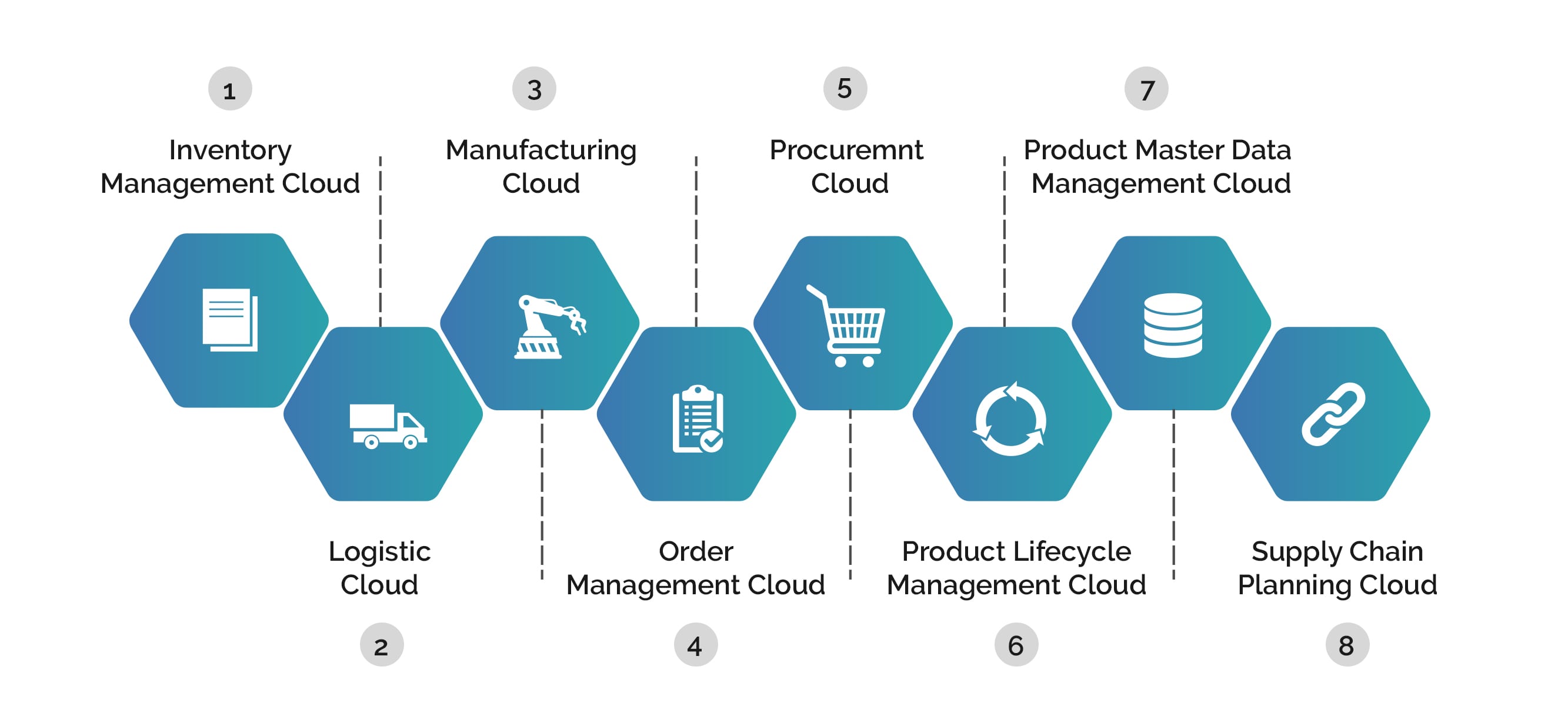
Data Analytics and Predictive Modeling
The explosion of data generated throughout the supply chain – from supplier invoices to customer orders to transportation tracking – presents a tremendous opportunity for improvement. However, simply collecting data isn’t enough; businesses need to analyze it effectively to identify patterns, predict potential disruptions, and optimize performance. Digital supply chain initiatives are heavily reliant on data analytics and predictive modeling. Advanced analytics tools, including machine learning and artificial intelligence (AI), are being used to forecast demand, optimize inventory levels, identify potential risks (such as supplier delays or transportation bottlenecks), and personalize customer experiences. For example, AI algorithms can analyze historical sales data, weather patterns, and social media trends to predict demand fluctuations with greater accuracy. This predictive capability allows companies to proactively address potential problems and minimize disruptions. The ability to anticipate challenges allows for proactive adjustments to the supply chain, reducing costs and improving customer satisfaction.
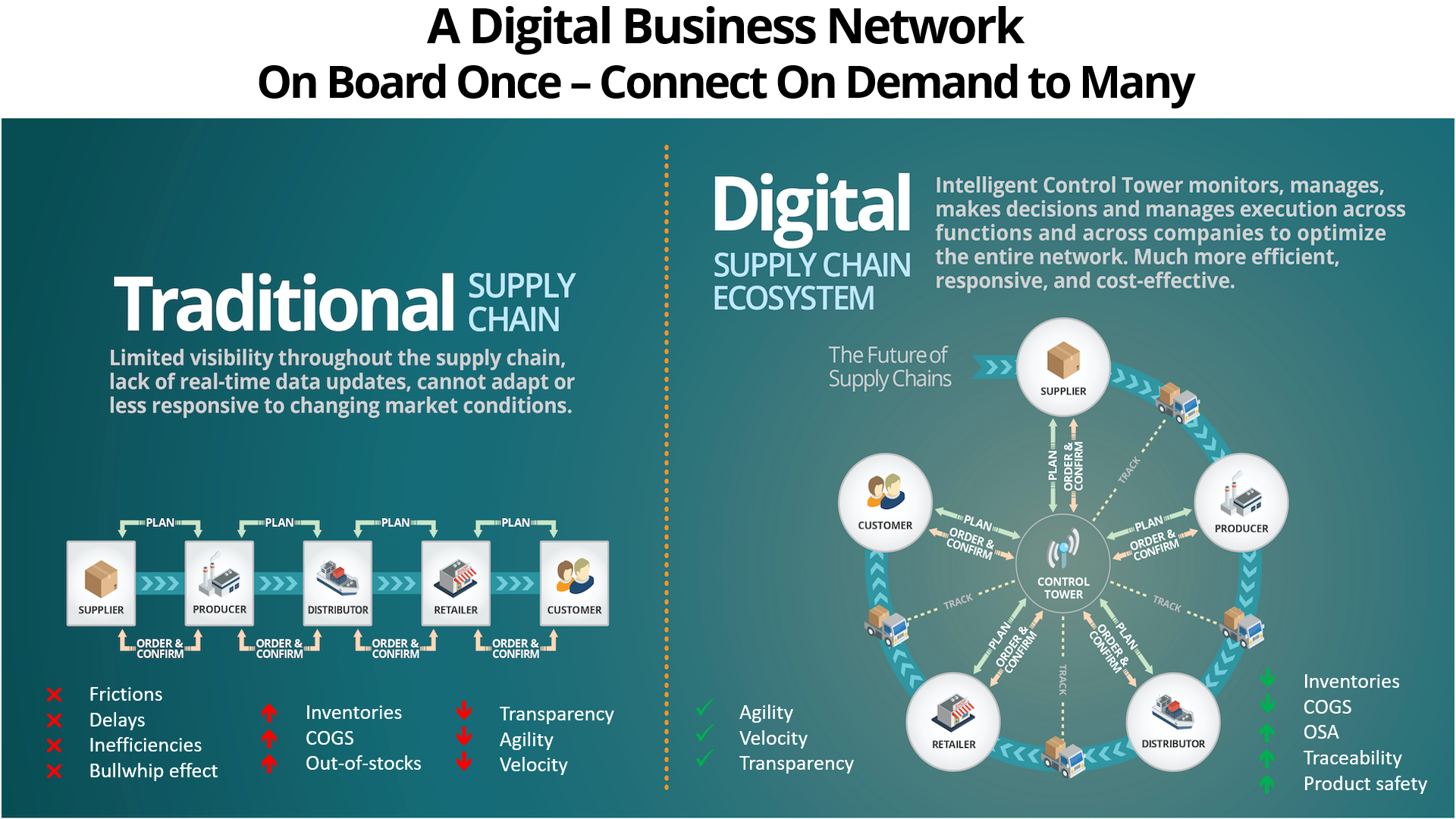
Blockchain Technology – Enhancing Transparency and Trust
Blockchain technology is emerging as a game-changer in the digital supply chain. Its decentralized, immutable ledger system offers unprecedented levels of transparency and security. By recording every transaction and movement of goods across the supply chain in a secure and verifiable manner, blockchain can dramatically reduce fraud, improve traceability, and enhance trust among all stakeholders. Digital supply chain participants can gain real-time visibility into the origin and movement of products, ensuring authenticity and preventing counterfeiting. This is particularly crucial for industries like pharmaceuticals, food and beverage, and luxury goods, where product integrity is paramount. While still relatively nascent in widespread adoption, blockchain is poised to become a cornerstone of the future of supply chain management. The ability to track products from origin to consumer with complete transparency is a powerful competitive advantage.
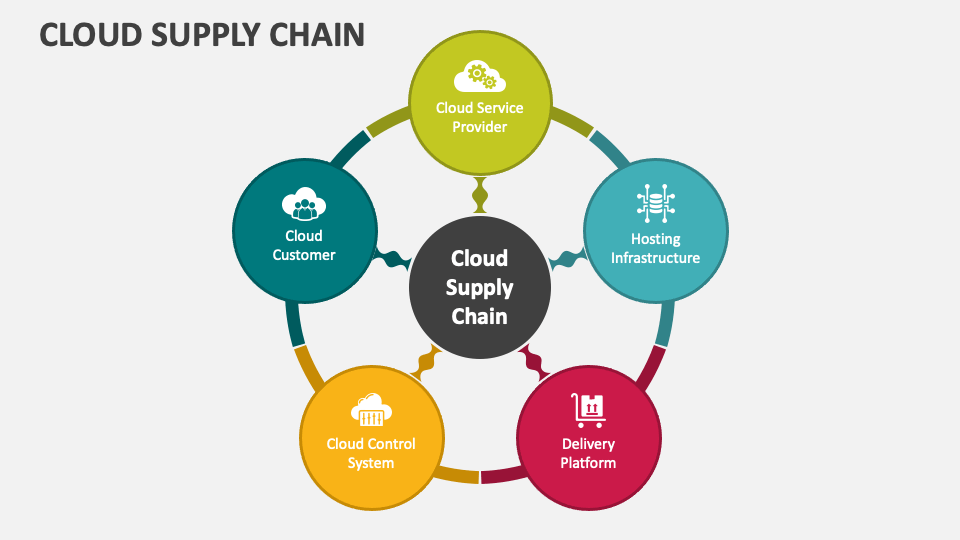
IoT and Sensor Technology – Real-time Monitoring
The Internet of Things (IoT) is revolutionizing the way goods and materials are tracked throughout the supply chain. The proliferation of sensors, connected devices, and data collection platforms is enabling real-time monitoring of inventory levels, temperature, humidity, and other critical parameters. Digital supply chain solutions are increasingly incorporating IoT sensors to provide end-to-end visibility. For instance, temperature sensors can be embedded in refrigerated trucks to ensure that perishable goods are maintained at the correct temperature. Smart packaging can track product location and condition, while RFID (Radio-Frequency Identification) tags can automatically identify and track individual items. This level of granular monitoring allows businesses to optimize logistics, reduce waste, and improve product quality. The integration of IoT with other digital technologies creates a truly connected and responsive supply chain.
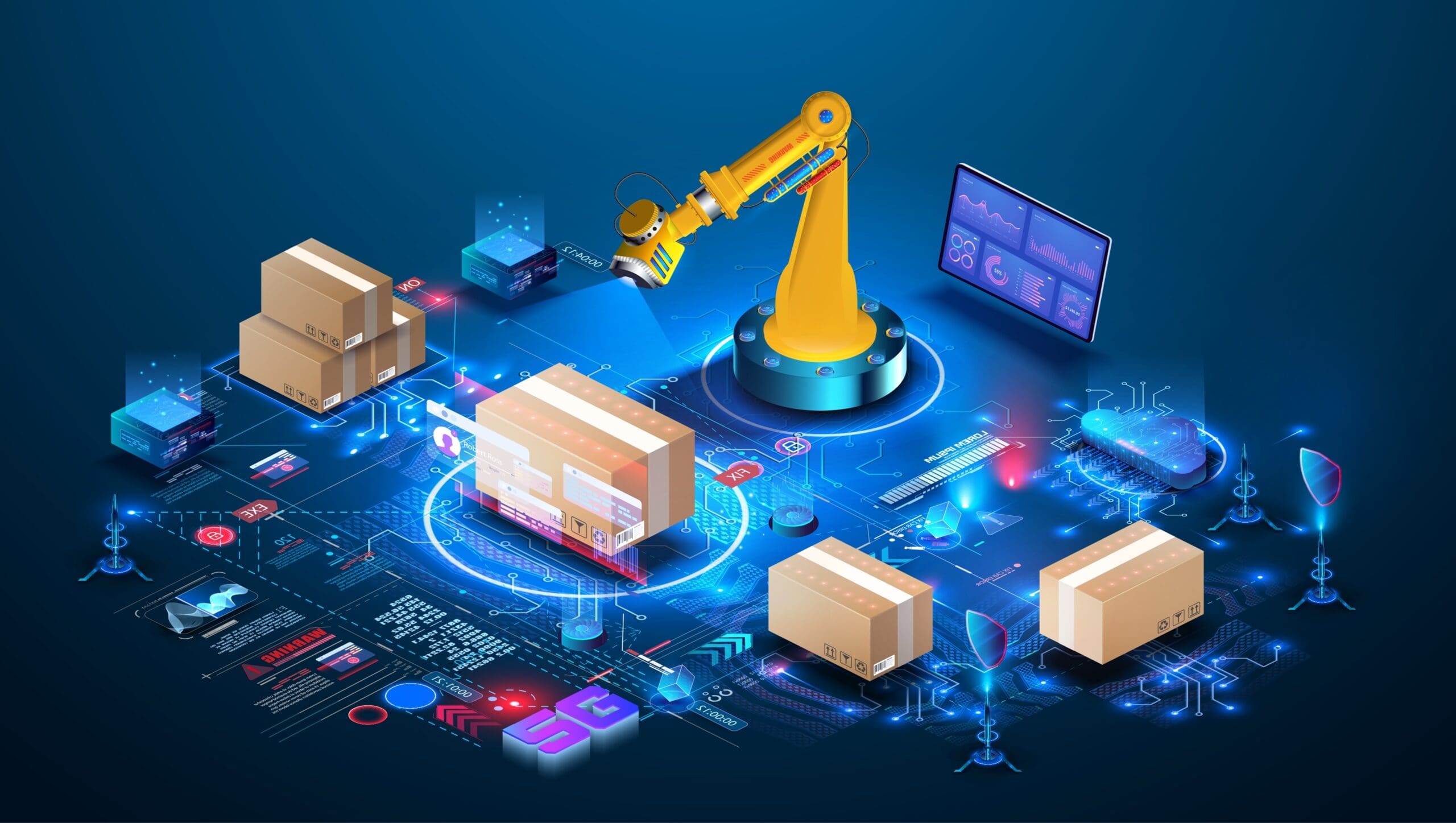
The Role of Automation and Robotics
Automation and robotics are playing an increasingly important role in streamlining and optimizing various aspects of the digital supply chain. Automated guided vehicles (AGVs) and robotic picking systems are being used to automate warehouse operations, reducing labor costs and improving efficiency. Robots are also being deployed for tasks such as palletizing, packaging, and transportation, further enhancing productivity. Digital supply chain initiatives are increasingly incorporating robotic process automation (RPA) to automate repetitive tasks, freeing up human workers to focus on more strategic activities. The combination of automation and robotics is driving significant improvements in speed, accuracy, and cost-effectiveness. While concerns about job displacement exist, the overall impact of automation is likely to be positive, creating new opportunities for skilled workers in areas such as robotics maintenance and programming.
Sustainability and Ethical Sourcing
Consumers are increasingly demanding sustainable and ethically sourced products. The digital supply chain is playing a critical role in enabling businesses to meet these demands. Blockchain technology can be used to verify the origin of raw materials and ensure that they are produced in a responsible and environmentally friendly manner. Supply chain traceability allows companies to identify and address issues such as deforestation, child labor, and unfair labor practices. Digital supply chain solutions are also facilitating the adoption of circular economy principles, promoting reuse, recycling, and waste reduction. Companies are using data analytics to optimize transportation routes, reduce fuel consumption, and minimize carbon emissions. Transparency and accountability are key to building trust with consumers and stakeholders.
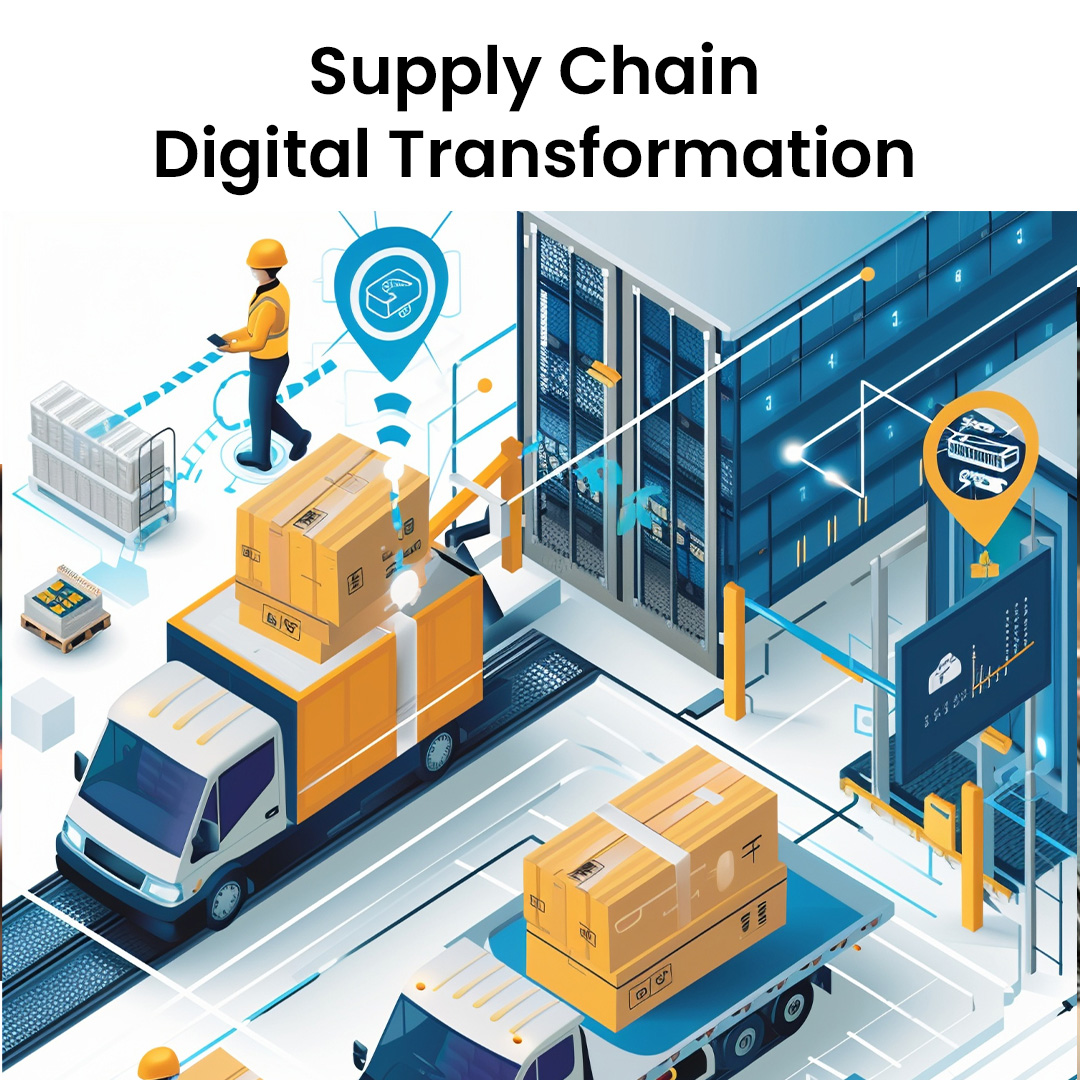
Challenges and Future Trends
Despite the significant progress being made, several challenges remain in the digital supply chain. Data security and privacy are major concerns, particularly as more data is collected and shared across the network. Integrating legacy systems with new digital technologies can be complex and costly. Lack of standardization and interoperability between different platforms hinders seamless data exchange. Furthermore, a lack of skilled talent in areas such as data analytics and blockchain technology poses a significant barrier to adoption. Looking ahead, several key trends are expected to shape the future of the digital supply chain. Artificial intelligence (AI) will continue to play an increasingly important role in optimizing supply chain operations. The rise of the metaverse and digital twins will enable businesses to simulate and test supply chain scenarios in a virtual environment. Increased focus on resilience and risk management will drive the adoption of more sophisticated predictive analytics and contingency planning. Finally, the convergence of digital technologies with other emerging trends, such as the circular economy and the fourth industrial revolution, will create even more transformative opportunities for the digital supply chain.
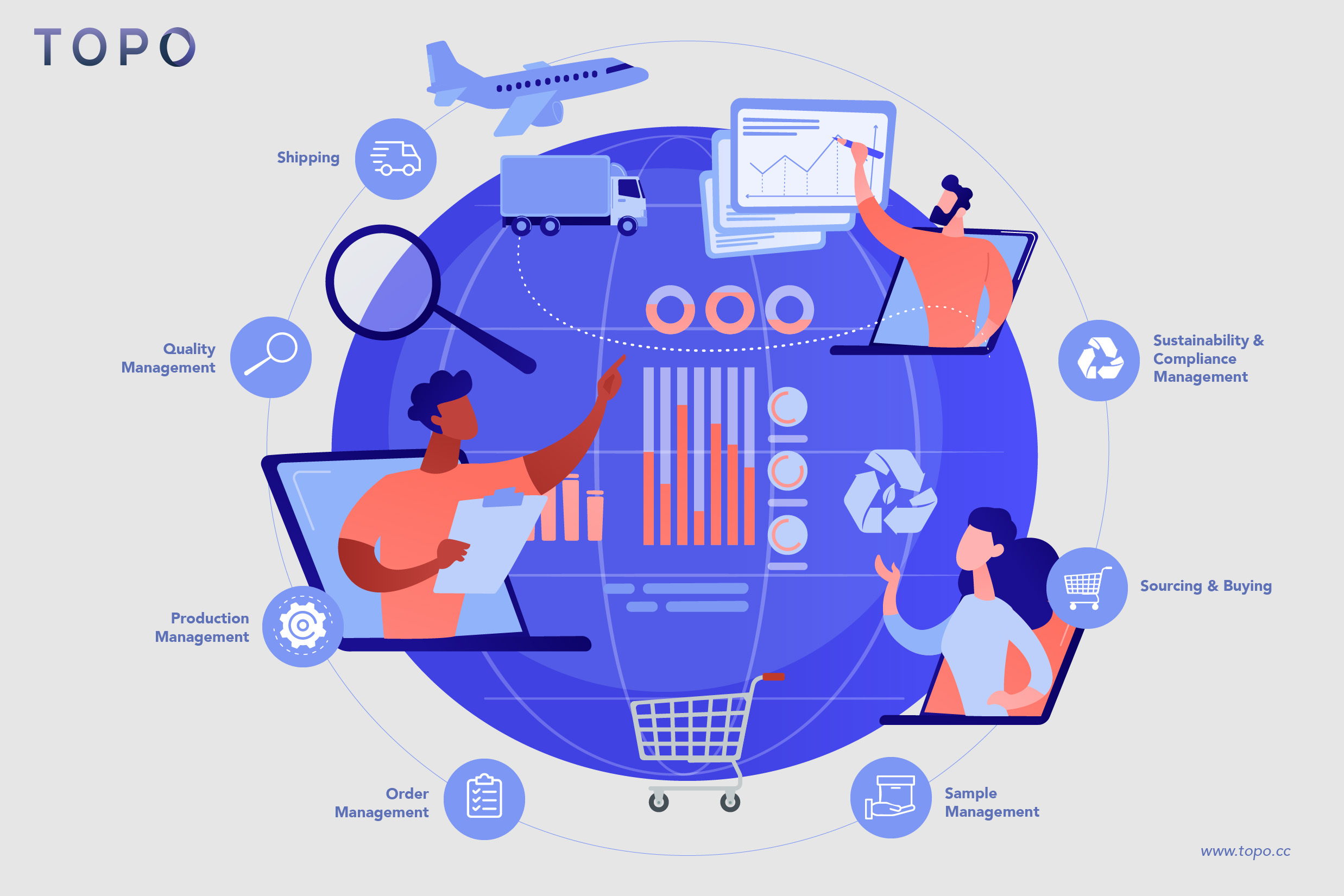
Conclusion
The digital supply chain is no longer a niche concept; it’s a fundamental transformation reshaping how businesses operate across all industries. From cloud-based solutions and data analytics to blockchain and IoT, a multitude of technologies are converging to create a more efficient, transparent, and resilient supply chain. Companies that embrace these trends and invest in the necessary infrastructure and talent will be best positioned to thrive in the increasingly competitive global marketplace. The ability to anticipate disruptions, optimize logistics, and build trust with stakeholders will be critical for success. As technology continues to evolve, the digital supply chain will undoubtedly become even more sophisticated and integrated, driving unprecedented levels of efficiency and value creation. The future of supply chain management is undeniably digital.

